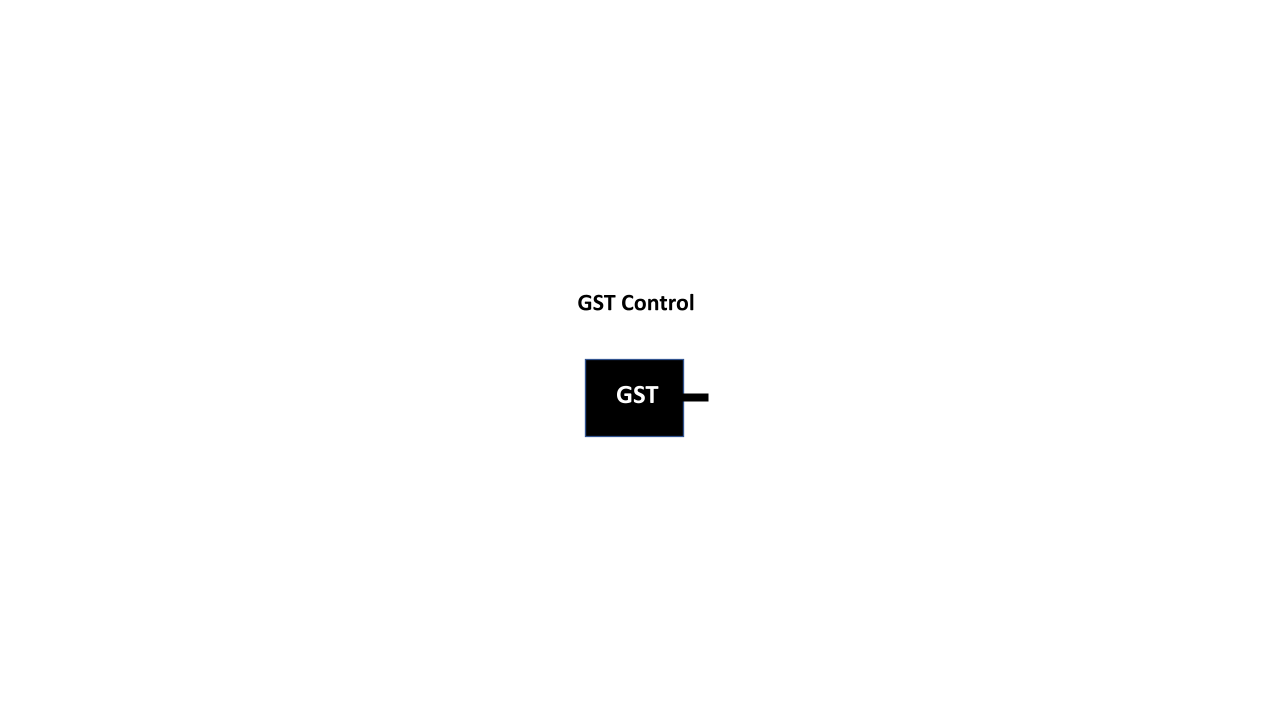Glutathione S transferase is an enzyme known to conjugate to reduced forms of glutathione (GSH). This characteristic has been used for decades to develop affinity purification procedures when the protein is fused to a protein of interest. Several molecular traps developed by B Molecular use GST fusions as affinity purification method (1). This version of GST contains an His tag after the GST and a C-terminal SV5 tag that can be used for several purposes. We recommend to use GST as control to estimate the background you can have when doing pool down experiments. This control is commonly used for Western blot and MS analyses (2-6).
GST control
Home » GST control
Characteristics
- Tag: GST
- Purity: > 95% by RP-HPLC and SDS-PAGE
- Molecular Weight: 26,98 kDa
- Physical State: Liquid
- Quantity: 200 µg
- Solubility: >40 mg/mL
- Concentration: Variable (5-20 mg/ml)
- Storage: -80°C, avoid freeze/thaw cycles
Applications
- Control in pull down of poly-ubiquitylated proteins from cell and tissue lysates using glutathione beads. Captured proteins can be analyzed by Western blot or Mass spectrometry with the appropriate adaptations.
- Quantitative or semiquantitative methods using different supports.
Benefits
- Control background levels obtained in different affinity procedures and detection/quantification methods (6)
Examples of use
This GST has been used as control in different protocols to extract ubiquitylated proteins and in MS procedures. A step by step protocol using GST as control has been also reported (5).
Publications
(1) Efficient protection and isolation of ubiquitylated proteins using tandem ubiquitin-binding entities. Hjerpe R, Aillet F, Lopitz-Otsoa F, Lang V, England P, Rodriguez MS.EMBO Rep. 2009 Nov;10(11):1250-8.
(2) Tetramerization-defects of p53 result in aberrant ubiquitylation and transcriptional activity. Lang V, Pallara C, Zabala A, Lobato-Gil S, Lopitz-Otsoa F, Farrás R, Hjerpe R, Torres-Ramos M, Zabaleta L, Blattner C, Hay RT, Barrio R, Carracedo A, Fernandez-Recio J, Rodríguez MS, Aillet F. Mol Oncol. 2014 Jul;8(5):1026-42.
(3) Inhibition of the proteasome and proteaphagy enhances apoptosis in FLT3-ITD-driven acute myeloid leukemia. Lopez-Reyes RG, Quinet G, Gonzalez-Santamarta M, Larrue C, Sarry JE, Rodriguez MS. FEBS Open Bio. 2021 Jan;11(1):48-60.
(4) New insights into host-parasite ubiquitin proteome dynamics in P. falciparum infected red blood cells using a TUBEs-MS approach. Mata-Cantero L, Azkargorta M, Aillet F, Xolalpa W, LaFuente MJ, Elortza F, Carvalho AS, Martin-Plaza J, Matthiesen R, Rodriguez MS.J Proteomics. 2016 Apr 29;139:45-59.
(5) Isolation of ubiquitylated proteins using tandem ubiquitin-binding entities. Aillet F, Lopitz-Otsoa F, Hjerpe R, Torres-Ramos M, Lang V, Rodríguez MS.Methods Mol Biol. 2012;832:173-83.
(6) Using Ubiquitin Binders to Decipher the Ubiquitin Code. Mattern M, Sutherland J, Kadimisetty K, Barrio R, Rodriguez MS.Trends Biochem Sci. 2019 Jul;44(7):599-615.

